Today's most immersive virtual reality systems, such as Oculus Rift and HTC Vive, require a cable to send high-fidelity images to the head. But everyone agrees that hanging cables are not only annoying but also have a negative impact on immersion. This issue inspired no fewer than seven solutions. They all wanted to establish a wireless link between the high-end host PC and the head-display.
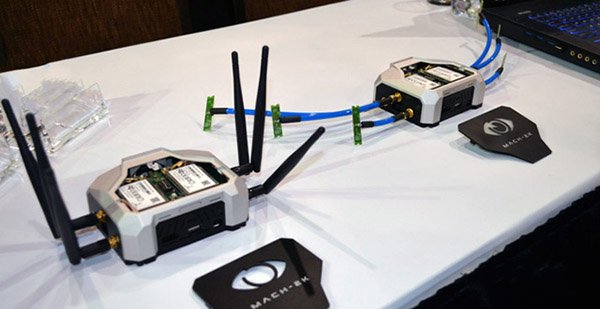
Cutting out the cable on the high-end VR headset is an obvious desire, but there is no obvious solution at present. The problem boils down to three main factors: bandwidth, delay, and price. This is why the three high-end VR head-pieces such as Oculus Rift, HTC Vive and PSVR in 2016 all depend on the cable connection to the host.
Unfortunately, the cable also makes us connect with reality, especially the room scale VR. When walking freely, this cable will always remind us that it is difficult for you to completely separate from your physical space. In your brain, you always think about this annoying cable, whether it will get tied up, whether it will step on it, and whether it will reach the end of the cable coverage. So, cutting off the head-mounted cable will mean deeper immersion and physical freedom.
At least seven solutions now hope to meet this challenge. This article aims to provide a comprehensive overview of the proposed solution and understand the positioning of each technology. Xiao Bian has compiled the following companies' introductions to their own solutions and what they consider to be their own unique advantages.
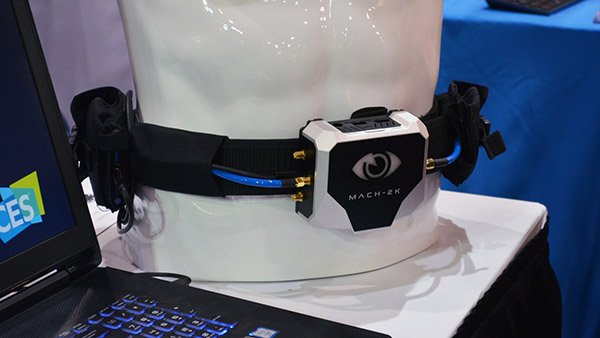
IMR - Immersive Robotics
Executive Director Daniel Fitzgerald:
The difference between IMR's wireless technology and other companies is that IMR has designed a VR standard specifically for VR devices that allows VR video transmission between any VR device. More specifically, other solutions appearing on the market seem to use H.264 or similar chip solutions. But the problem is that the difference with IMR is that we don't make frame-to-frame comparisons, because this will immediately add a delay of at least 11ms (@ 90fps), so our solution will not have frame-to-frame motion artifacts . The IMR VR compression standard was designed for VR from the beginning, so the results are clearly different. We achieved a 90-95% compression, and users will easily find the difference between running our system and the original system.
IMR has developed specialized algorithms and hardware to wirelessly transmit VR video over leading wireless standards. Our algorithms and hardware solve more than one challenge, such as wireless VR, but it not only provides a standard that can be used in the full VR industry, but it also exceeds most people's use cases, including drones and robots. The algorithm and overall technology developed by IMR for this VR standard can transfer VR data to any VR-compatible device, such as head-displays, PCs, notebooks, and smart phones.
The new VR standard provides the required video data compression and ultra low latency for current and future virtual reality and 3D telepresence applications. The following is a description of the features:
Fast data transfer: 95% compression makes IMR's technology able to record and decompress with less than 1ms delay. This means that the perceived delay of the player is zero, which preserves the comfort of the user due to the elimination of motion sickness caused by the delay.
Image quality: The quality of the decompressed image is the same as the original image quality without motion blur or artifacts.
Eye tracking: IMR's algorithm uses a single-channel dynamic compression scheme that includes gaze points, adjustable parameters, and eye tracking support. In addition, the built-in flexibility of the algorithm helps to further customize the compression.
Versatile: IMR technology can leverage the 802.11ac and 802.11ad wireless standards, as well as other wireless communications with sufficient bandwidth. This allows the current generation of head displays to be supported by the current AC standard while also ensuring that the technology will not be obsolete, as this allows it to handle up to 2×4K VR video transmitted via the AD standard.
Multi-faceted applications: The IMR compression standard facilitates peer-to-peer data transfer between PCs, heads-up displays, smartphones, 360-degree favorites, and VR-compatible devices.
Our technology is designed to be compatible with all VR and telepresence bot applications, and each has its own requirements for implementing wireless capabilities. Our technology provides all of these applications with the necessary compression/decompression at ultra-low latency, and we are also working with/looking for wireless vendors and communication link vendors to push this technology into every area.
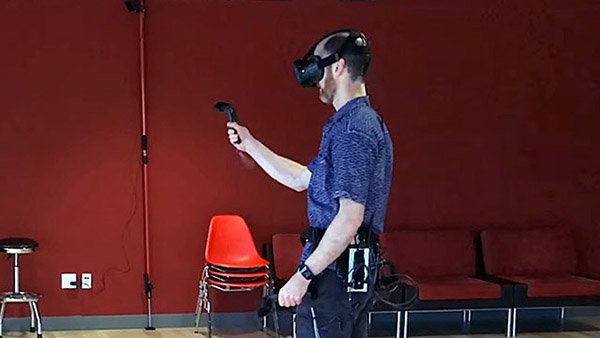
KwikVR
Executive Director Xavier Cavin:
It's hard to say what the unique advantage of KwikVR over other wireless competitors is because we haven't yet been able to test a competitor's solution. They all claim to be able to achieve a fundamentally impossible 1 or 2 millisecond delay, so I would say that our main advantage is honesty. In addition, our solution does not use 60GHz Wi-Fi on the user's head, which may be better for health. In addition, 50GHz Wi-Fi does not easily create occlusion problems. We believe that our delay is close to the best, but only consumers can judge it.
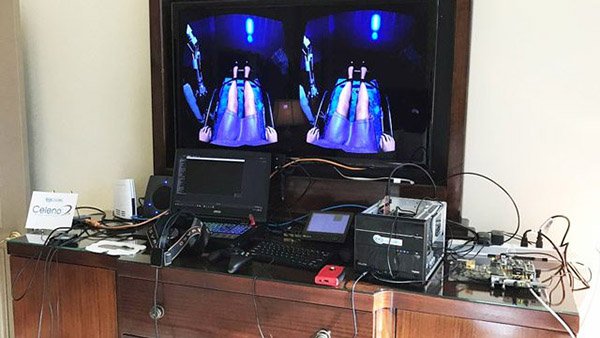
NGCodec
Executive Director, Oliver Gunasekara:
I think you can divide the wireless VR into which type of cordless cable to use and what type of compression. Of course, all systems must be transmitted within a framework of round trip delays.
Various radio types:
WiFi 802.11ac 5GHHz and 2.4GHz
WiFi 802.11ad 60GHz
5G LTE Cellular for Cloud VR (Various Frequency)
Private radio (eg 5GHz) at unlicensed frequencies"
Our solution uses WiFi 802.11ac and LTE. The benefit is no line of sight transmission. The 60 GHz transmission shows a large attenuation when it passes through physical obstacles including humans. 802.11ac can spread longer distances than 60GHz and provide multiple room coverage. 802.11ac is much cheaper and the required wireless antenna is much smaller than 60Ghz. Unlike 60HZ, the position of the transmitter is less important for 802.11ac. The power of 802.11ac is lower, thus prolonging the head's life. â€
Various compression types:
JPEG (intra), 3:1 compression
JPEG 2000 (intra), 6:1 compression
MPEG H.264 (intra and inter-frame) 100:1 compression
MPEG H.265 (intra and inter) 200:1 compression
Proprietary compression
Our solution uses MPED H.265/HEVC compression and provides 200:1 compression. E.g. 1080p60 requires 3000 Mbps transmission compression. We can compress it to 15 Mbps with a compression ratio of 200:1. This provides room for error correction and higher resolutions and frame rates, and it can be transmitted from the cloud over 5G LTE and fiber optic networks. The standards-based system also allows ready-made mobile chipsets for building mobile HMDs. We will use future H.265 profiles to provide better compression through tools such as multi-view and screen content encoding tools.
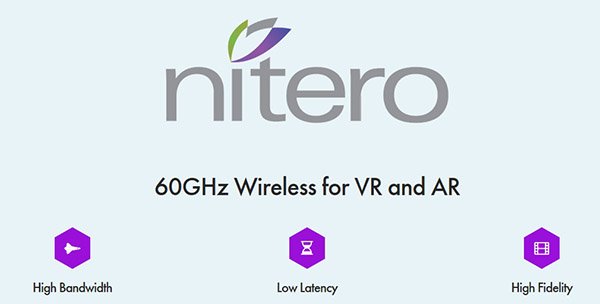
Nitero
Co-founder Sven Mesecke:
While other vendors focus on introducing wireless accessories into today's headlines, Nitero is the only company to develop an integrable solution that will support the positive requirements for future VR head-ups.
The solution's new microsecond delay compression engine requires no royalty, provides visual lossless encoding, and adds only one millisecond of end-to-end delay. Its power is less than 1 watt and can be integrated into future head-mounted displays without the need for expensive heat sinks or vents. In fact, adding Nitero's wireless solutions will be cheaper than cables, reducing overall costs, which is critical for the popularity of VR.
Interoperable with WiGig, Nitero is tailored to the unique challenges in VR/AR use cases, with advanced imaging capabilities to support NLOS indoors. In addition, VR displays can support computer vision, eye tracking, 3D audio, and other upcoming technologies simultaneously without the need for another chipset.
Some industry leaders have provided investment support and cooperation to Nitero, including Valve, Super Ventures and Colopl VR Fund, as well as other undisclosed partners.
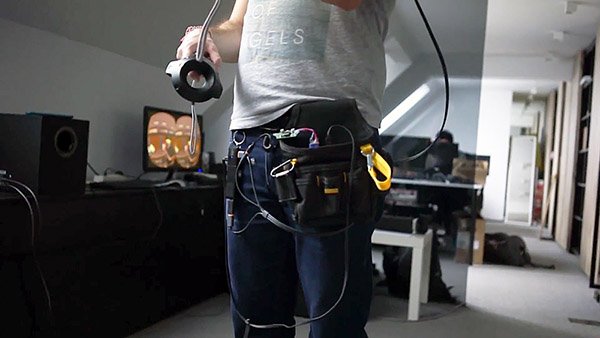
QuarkVR
Executive Director Krasi Nikolov:
We used a combination of video compression and proprietary transmission protocols, which allowed us to transmit high resolution to multiple heads. Our solutions are primarily aimed at theme parks and arcade stores that want to put two or more users in the same tracking space.
Our argument is that in the future you will always need some compression, whether the resolution becomes higher (4K and above, we need a 16K retina resolution), or if you try to put the server out of the local network. Ideally, you could put a GPU farm in the cloud and have all the content right away, which would even eliminate the need for a home computer! I think within five years, the only computer you need at home would be a small mobile chip, possibly built in In the head itself.
Of course, any kind of compression will be delayed. However, this has made great progress in the past two years. We will introduce a network awareness technology similar to the one used by Oculus. Companies such as Microsoft have done extensive research on predictive rendering to reduce latency. For example, Project Irides can compensate for a 120 ms network delay in the demo. We have had a conversation with a chief researcher at Irides for some time, and we will be rolling out similar technologies in 2017. So I will say that the future of wireless VR is bright!
In addition to the above companies, there are other companies that are developing wireless solutions for desktop VR. These include the Intel and Vive wireless VR plans, allegedly based on WiGig; and TPCAST ​​with 60GHz.